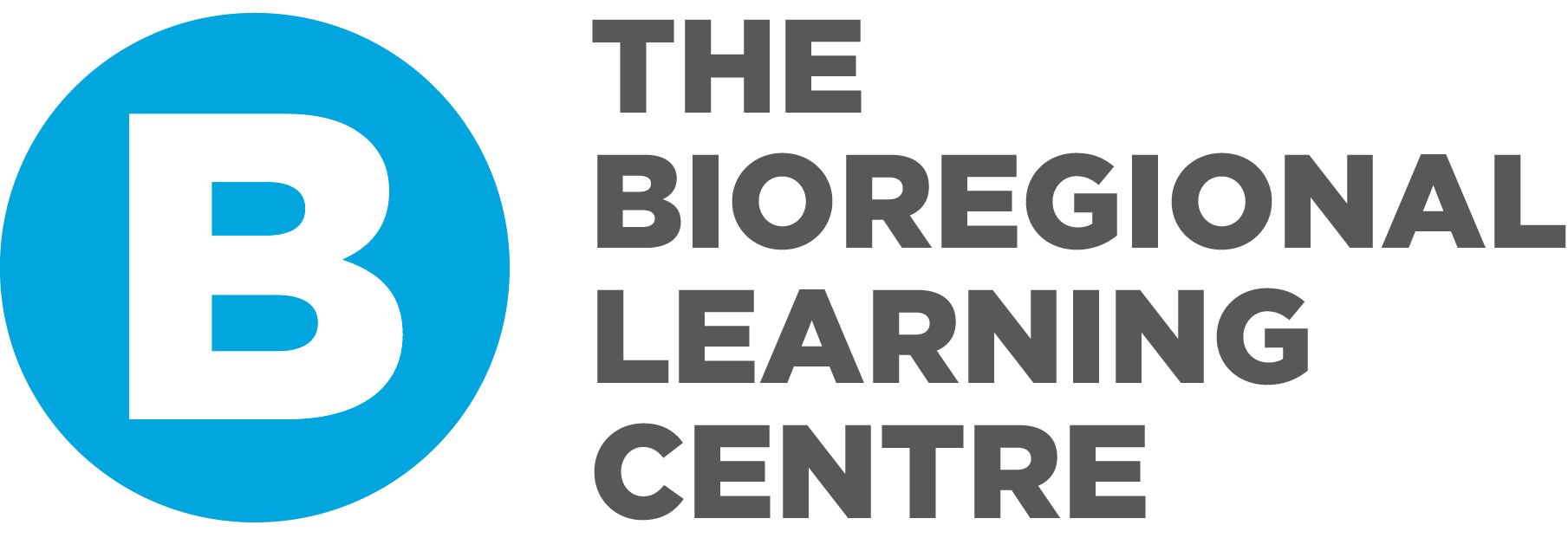Bioregions are a framework for being human that is invisible and everywhere at the same time. We all live in a bioregion, just as we all live in places on this earth with a distinct identity: high desert, river valley, ocean city, tundra village, low-lying metropolis. We may not name our places bioregions, perhaps because we are not paying attention to the edges where one kind of distinctiveness starts to fade into another. But they shape our sense of belonging to place in the way that vistas shape our vision or hills shape our calf muscles or local rivers that supply our drinking water give us around 64% of the fluids in our bodies.
In this blog we are going to explore how looking at the world from a bioregional perspective might just get us out of the mess we are in and give us a mental map with which to navigate the complexity of that mess. At the South Devon Bioregional Learning Centre we have created our own definition of what a bioregion is:
A bioregion invites us to inhabit a place in a way that is full of relationship. Seeing where the natural boundaries of our bioregion are, we can then see the many eco-systems and human systems alive within it. All of these systems like fresh water and biodiversity or transport and health are connected. There is also a connecting story that starts in deep geological time, shows up in the landscape and soil and then in human culture. Bioregioning is the collective practice of bringing vitality to these connections, angling the systems towards regeneration, and taking actions for a climate resilient and biodiverse future.
More and more people around the world are now stepping into bioregional working, creating a language that explains what it means for them, having debates about how to do it and getting excited about the possibilities. This blog will survey what is going on, invite guests in, explore dilemmas and wrestle with systems thinking. We’ll look at the backstory to the current energy around bioregions and look forward into what is needed to evolve this from an experiment into a resource for action.
The implications of the climate unravelling now and into the future are mind-blowing. To grasp them we are being challenged to think in systems on a global scale. To know facts, collect data, analyse the coupling between tipping elements, consider innovations and then inhabit these ‘thinking clusters’ and consider our personal role. When we shift our gaze from the macrocosm to the micro-local the issues are the same: extreme weather, droughts and flooding, topsoil loss, pollution of rivers, seas, air and soil, biodiversity loss and human suffering from multiple interconnected economic and social causes.
At local scale the coherence offered by bioregions is a powerful attractor. The bounded sense of place helps us see more clearly, more sanely, what could be possible. It’s as if our brains themselves move into coherence in the midst of a chaotic world and new meaning starts to emerge. Humans have always engaged with the world through mental models and maps. We have always thought and communicated in patterns and stories. We have always lived within natural systems, bounded in various ways. And experienced belonging to place as much as to social groups. All this is part of human nature.
Around the world, because of the climate emergency, there are calls for a new paradigm that brings humans back into a relationship of stewarding with the natural world. There is also value to be found in the very old paradigm of bioregions. Upgraded for this time with cutting edge systems thinking, climate science, mapping and modelling of data, circular economies, regenerative design frameworks and political nous.

